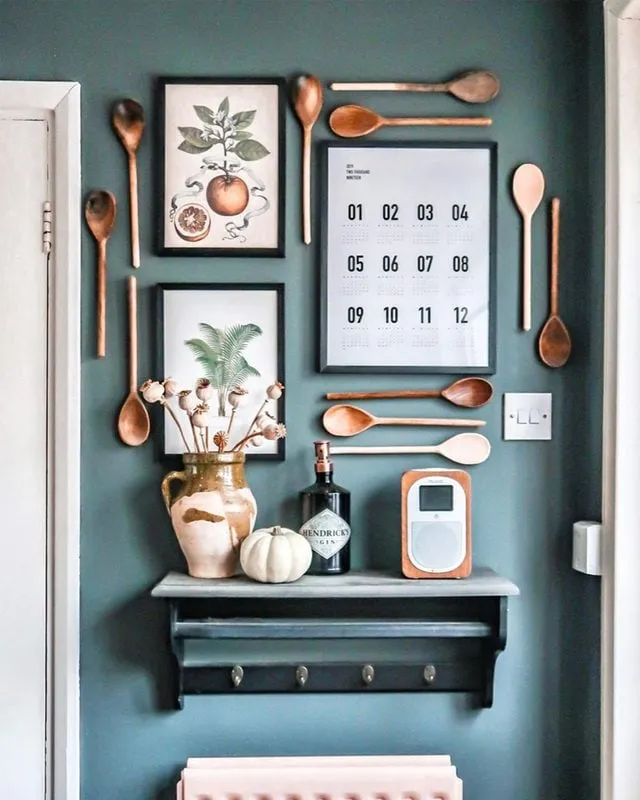Embarking on a kitchen decor project can be an exciting endeavor, transforming the heart of your home into a space that reflects your personal style and meets your functional needs. Knowing how to start is crucial for a successful and enjoyable renovation. This guide provides you with the essential steps to kickstart your kitchen decor journey, from assessing your current kitchen to choosing the right colors and materials, ensuring a well-planned and aesthetically pleasing outcome. Let’s dive into the core elements to help you create the kitchen you’ve always dreamed of, blending practicality with design flair.
Assess Your Kitchen’s Needs
Before you even begin to consider paint colors or cabinet styles, it’s essential to understand your kitchen’s current state and your specific requirements. This initial assessment lays the groundwork for a successful and satisfying renovation. By focusing on functionality, space, and lighting, you can ensure that the final design perfectly aligns with your lifestyle and cooking habits. Take a critical look at what works, what doesn’t, and what you truly desire from your kitchen space. Consider the flow of movement, the convenience of appliances, and the overall ambiance to create a design that fits you.
Functionality
Functionality is at the core of any well-designed kitchen. Evaluate how you currently use your kitchen. Do you frequently cook elaborate meals, or do you primarily use it for simple breakfasts and snacks? Identify areas that feel cramped or inefficient. Consider the placement of appliances. Are they conveniently located relative to your primary workspace (the countertop)? Think about storage; do you have enough space for all your cookware, utensils, and groceries? A functional kitchen minimizes wasted steps and maximizes efficiency, making cooking and food preparation a seamless and enjoyable experience. Optimize your work triangle the space between the sink, refrigerator, and stove for peak efficiency.
Space and Layout
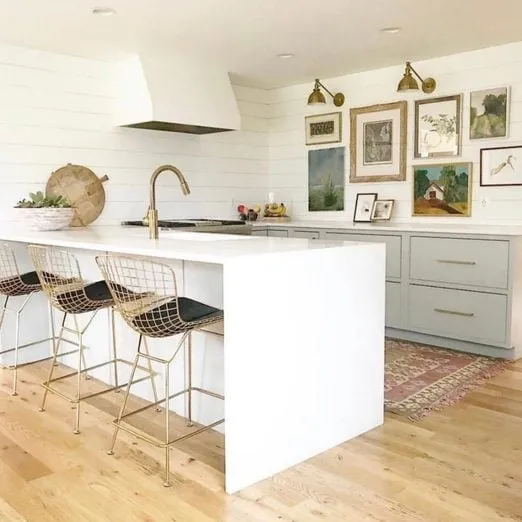
Evaluate the available space and layout of your kitchen. Is it a small, galley-style kitchen, or a spacious, open-concept design? Consider how you can maximize the use of the available area. In small kitchens, every inch counts, so smart storage solutions, such as pull-out shelves and corner cabinets, are crucial. A well-planned layout optimizes workflow and traffic patterns. Consider whether the current layout suits your lifestyle. Do you need more counter space, a larger island, or a breakfast bar? Think about how you move through the kitchen and ensure the layout supports a comfortable and efficient cooking experience.
Lighting
Lighting plays a crucial role in both the functionality and ambiance of your kitchen. Assess the current lighting situation. Is it bright enough, or does it feel dim and gloomy? Consider a layered approach to lighting, incorporating ambient, task, and accent lighting. Ambient lighting provides overall illumination, while task lighting focuses on specific areas, such as countertops and the stovetop. Accent lighting adds visual interest and can highlight architectural features or decorative elements. Ensure ample natural light, if possible, and supplement with artificial lighting that is both functional and aesthetically pleasing. Choose lighting that suits the style of the kitchen and is energy-efficient.
Define Your Style
Defining your style is a critical step in the kitchen decor process. It sets the tone for the entire design and helps you make informed decisions about materials, colors, and accessories. Browse home decor magazines, websites, and social media platforms to gather inspiration. Pin images of kitchens that resonate with you, and identify the common elements that attract you. This process will help you clarify your preferences and create a cohesive design that reflects your personal taste. Consider the overall mood and feel you want to create, whether it’s a cozy, inviting space or a sleek, modern environment.
Modern
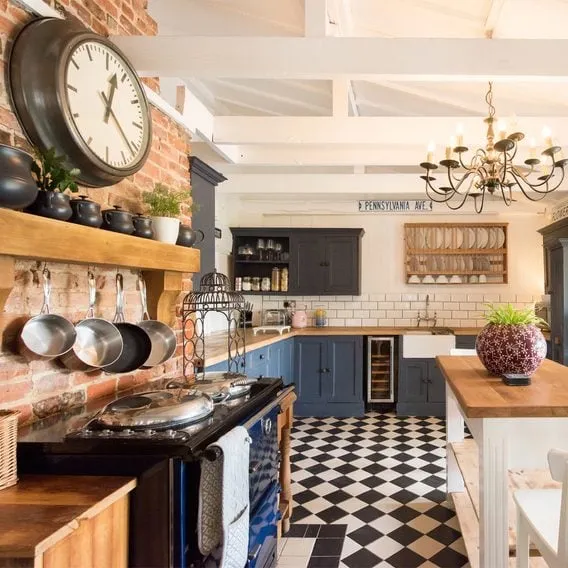
Modern kitchens are characterized by clean lines, minimalist design, and a focus on functionality. They often feature sleek cabinetry, stainless steel appliances, and neutral color palettes with pops of color. Consider using high-gloss finishes, such as lacquered cabinets, and incorporating innovative storage solutions. Modern kitchens often embrace open-concept designs, creating a sense of spaciousness and flow. Streamlined hardware, such as bar pulls or recessed handles, adds to the minimalist aesthetic. The goal is to create a sophisticated and uncluttered space, emphasizing both form and function. The image below shows an example of a modern kitchen decor idea.
Rustic
Rustic kitchens evoke a sense of warmth, charm, and simplicity. They often incorporate natural materials, such as wood and stone, and feature a cozy, lived-in feel. Consider exposed beams, reclaimed wood accents, and farmhouse-style sinks. Rustic kitchens often embrace a neutral color palette with earthy tones, such as creams, browns, and greens. Accessories, such as vintage-inspired cookware and handcrafted pottery, add to the rustic aesthetic. The goal is to create a welcoming and inviting space that celebrates the beauty of nature and the charm of traditional design. The image below shows an example of a rustic kitchen decor idea.
Minimalist
Minimalist kitchens prioritize simplicity, functionality, and a clutter-free environment. They feature a neutral color palette, often with white as the dominant color, and emphasize clean lines and uncluttered surfaces. Consider using flat-panel cabinetry with hidden hardware, and incorporate smart storage solutions to keep items out of sight. The focus is on essential elements and avoiding unnecessary ornamentation. A minimalist kitchen creates a sense of calm and order, making it an ideal space for those who appreciate a clean and streamlined aesthetic. Focus on high-quality materials and a few well-chosen accessories, rather than a multitude of items. The image below shows an example of a minimalist kitchen decor idea.
Budgeting for Your Decor
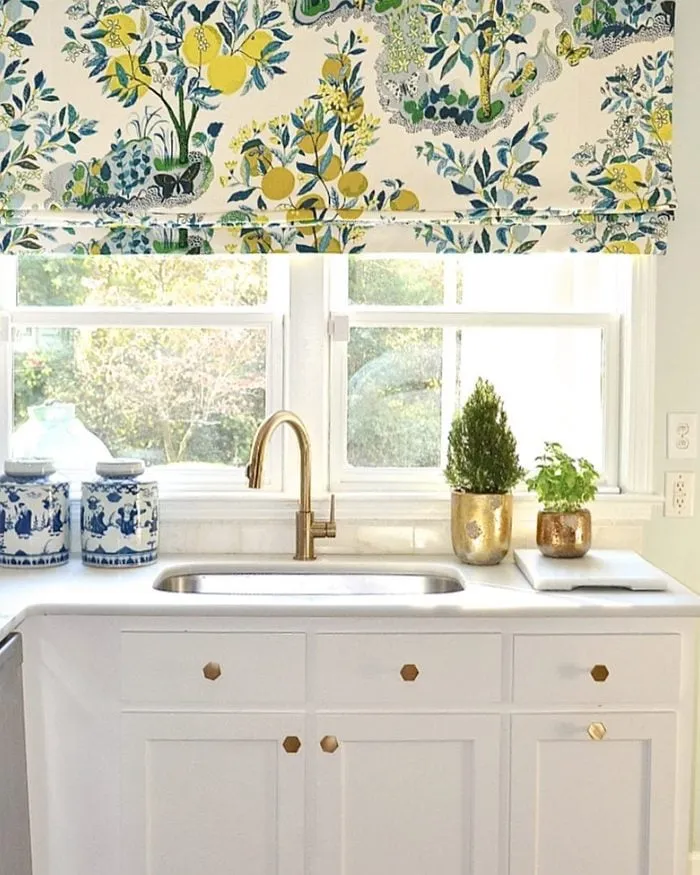
Establishing a realistic budget is essential for a successful kitchen decor project. Determine how much you are willing to spend, and then allocate funds to various aspects of the renovation, such as cabinetry, appliances, countertops, and accessories. Research the costs of materials and services to get a realistic estimate. Consider your priorities. Are you willing to splurge on high-end countertops, or would you prefer to allocate more of your budget to appliances? Having a clear understanding of your financial limitations will help you make informed decisions throughout the design process. Create a detailed budget, and track your expenses to stay within your financial constraints.
Prioritize
Prioritizing your needs and wants is essential within your budget. Create a list of the essential elements of your kitchen decor project and the items that are less critical. Focus on the most important aspects first, such as functionality and essential appliances. If your budget is limited, consider postponing non-essential items or opting for less expensive alternatives. This approach allows you to make smart decisions and ensure that your most important goals are met. Be realistic about your budget and willing to make compromises where necessary. By prioritizing, you can create a beautiful and functional kitchen without overspending.
DIY vs Professional
Consider whether you are comfortable handling the project yourself or if you need to hire a professional. DIY projects can save money, but they also require time, effort, and a certain level of skill. Evaluate your DIY capabilities and the complexity of the project. If you are not confident in your abilities, hiring a professional may be a better option. Professionals can offer expertise, ensure quality workmanship, and help you stay on schedule. Obtain quotes from multiple contractors and compare their services and pricing. When making your decision, weigh the costs and benefits of each approach, considering your budget, time constraints, and skill level.
Start Small & Build Up
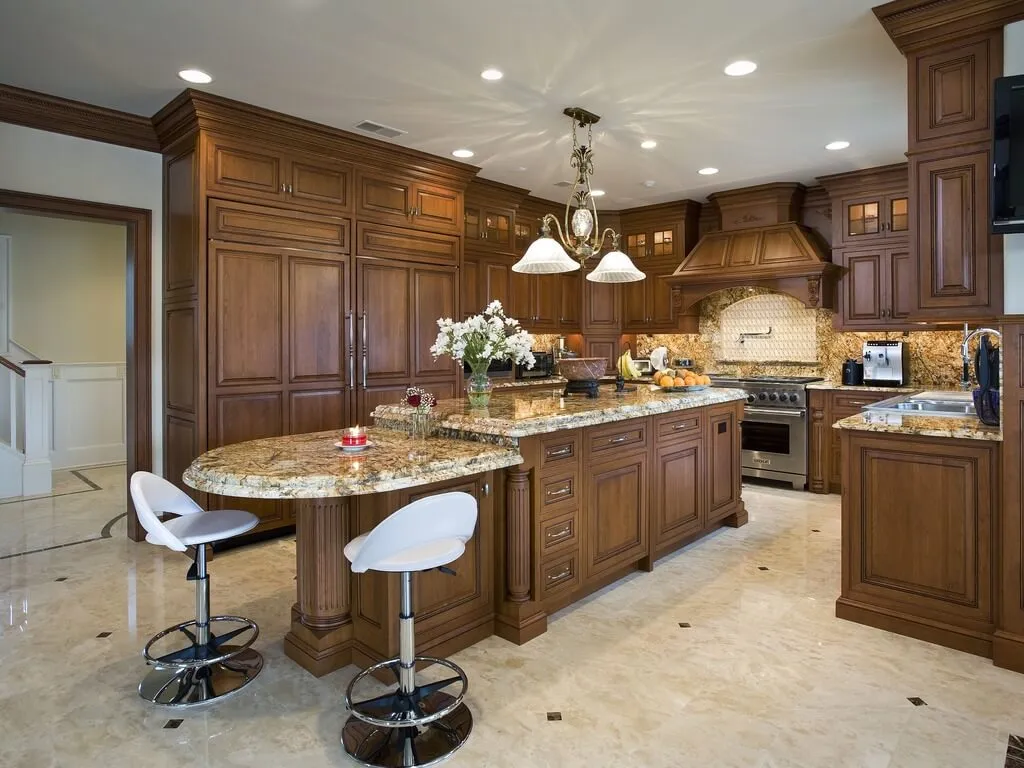
If your budget is tight, or if you’re unsure about your design preferences, consider starting small and gradually building up your kitchen decor. Begin with a minor renovation, such as painting the cabinets or updating the hardware. This approach allows you to test out your ideas and make adjustments without a significant investment. Over time, you can add more elements, such as new countertops or appliances, as your budget allows. This strategy provides you the flexibility to experiment with different styles and incorporate new trends without a large financial commitment. Starting small also lets you enjoy the transformation of your kitchen and see the results of your efforts more immediately.
Choose Your Color Palette and Materials
Selecting the right color palette and materials is crucial for setting the overall tone and aesthetic of your kitchen. Consider how colors and materials will interact with each other and how they affect the space’s ambiance. Ensure that the colors and materials reflect your personal style and create a cohesive and harmonious design. Consider the durability, maintenance requirements, and overall cost of your chosen materials to ensure that they align with your lifestyle and budget.
Color Psychology
Color psychology plays a significant role in creating the mood and feel of your kitchen. Consider the emotional impact of different colors. Warm colors, such as reds, oranges, and yellows, can create a sense of energy and warmth. Cool colors, such as blues, greens, and purples, can promote a sense of calm and serenity. Neutral colors, such as whites, grays, and beiges, provide a versatile backdrop and can make a space feel larger. Consider the amount of natural light in your kitchen and how colors will interact with it. Use the color wheel to select colors that complement each other, and create a balanced and visually pleasing design. The image below shows an example of a color palette for kitchen decor.
Material Considerations
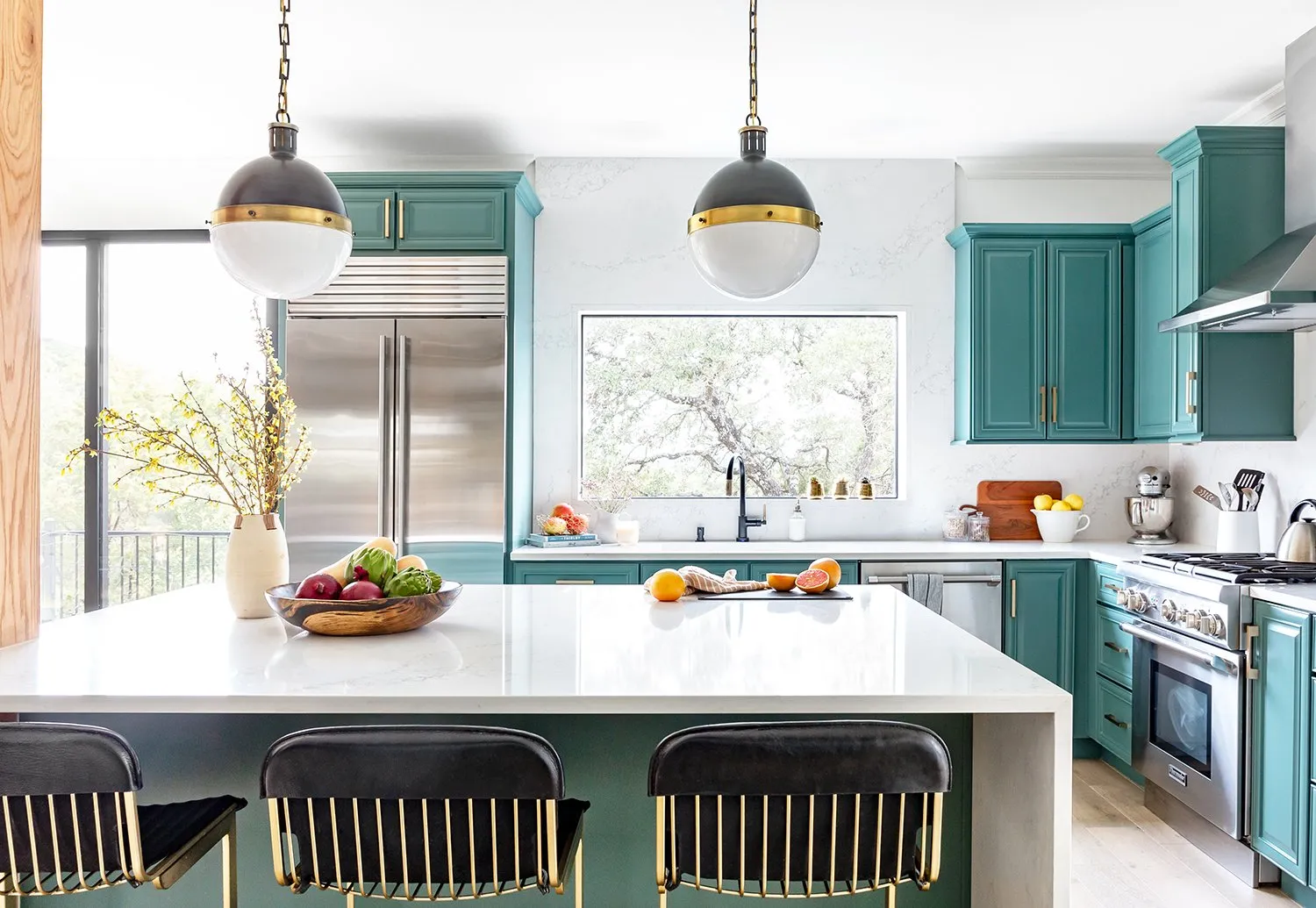
Choosing the right materials is essential for both the aesthetics and functionality of your kitchen. Consider the durability, maintenance requirements, and overall cost of different materials. For countertops, popular options include granite, quartz, and butcher block. For cabinets, consider wood, laminate, or painted finishes. Flooring options include tile, hardwood, and vinyl. Ensure that the materials are easy to clean, resistant to wear and tear, and safe for food preparation. Consider the overall style of your kitchen and choose materials that complement the design. The material should be durable to withstand heavy use, and safe for food preparation. The image below shows an example of kitchen materials.
Accessorizing and Finishing Touches
Accessories and finishing touches are what bring personality and character to your kitchen design. They add a sense of warmth, style, and functionality. Choose accessories that reflect your personal taste and complement the overall design. Remember that these details can make a significant difference in transforming your kitchen from a functional space into a welcoming and stylish haven. By carefully selecting accessories and adding personal touches, you can create a kitchen that reflects your personality and meets your lifestyle needs.
Choosing Accessories
Select accessories that complement your chosen style and enhance the functionality of your kitchen. Consider decorative items such as artwork, plants, and decorative bowls. Functional accessories include utensil holders, spice racks, and cutting boards. Choose accessories that add personality and character to your space, while ensuring they’re practical and useful. Balance the number of accessories to avoid a cluttered appearance. The image below shows an example of kitchen accessories.
Adding Personal Touches
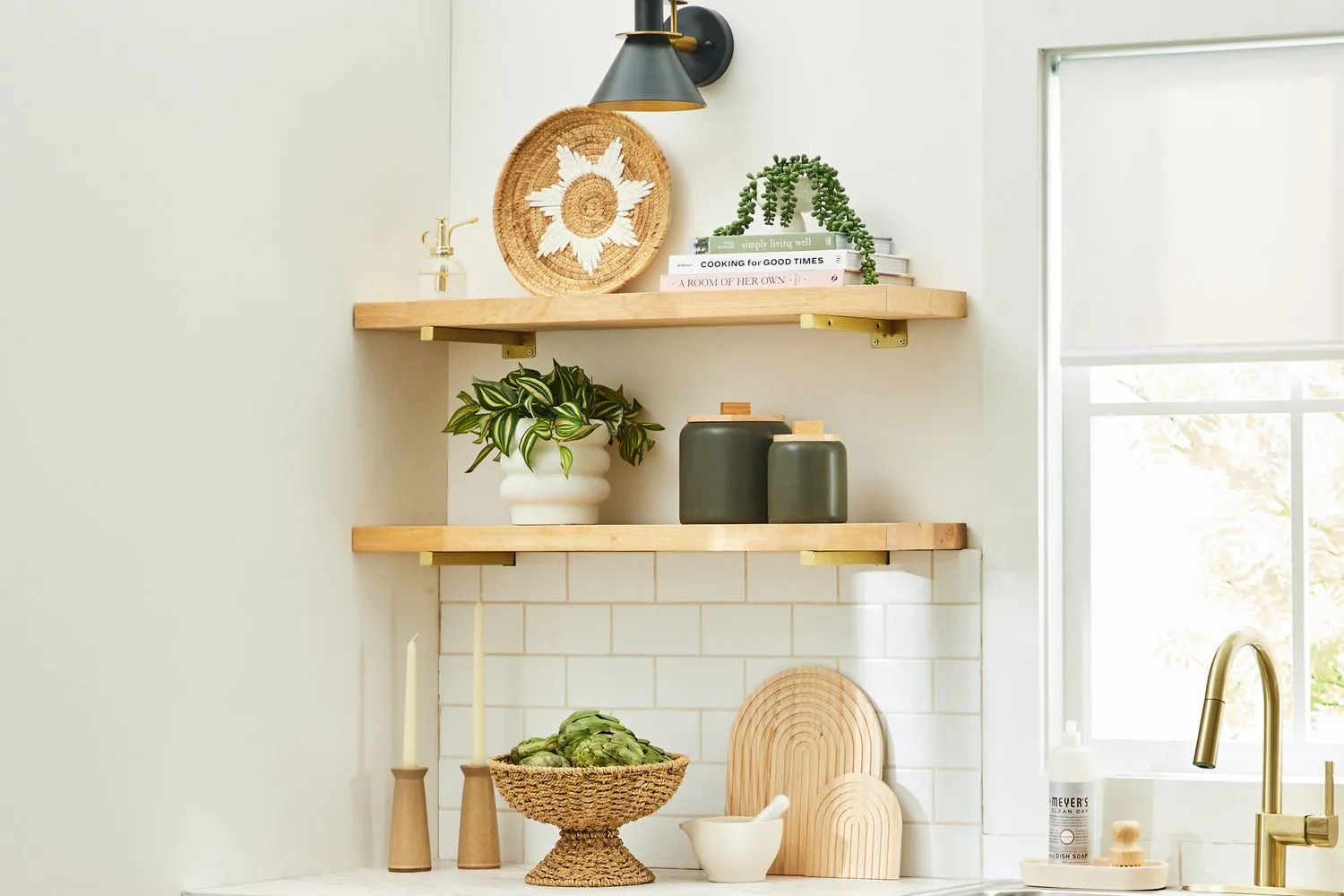
Adding personal touches is essential for making your kitchen feel like home. Display items that reflect your interests and personality. Consider framed photographs, cookbooks, or collections of dishes. Incorporate sentimental items that evoke positive memories. Personal touches can also be functional, such as a custom-made cutting board or a set of unique kitchen towels. Add small details that reflect your personality, such as custom-made artwork or unique kitchen towels. These elements make your kitchen a space that is uniquely yours.
Maintenance and Upkeep
Once your kitchen decor project is complete, it’s essential to establish a maintenance routine to keep your space looking its best for years to come. Regular cleaning and maintenance will prevent damage and prolong the life of your materials and appliances. Follow the manufacturer’s instructions for cleaning and maintaining your countertops, cabinets, and appliances. Address any issues promptly, such as spills or scratches, to prevent further damage. Schedule regular inspections and maintenance for your appliances to ensure they are functioning efficiently and safely. Proper maintenance will keep your kitchen in top condition, so you can continue to enjoy your beautiful and functional space.
Starting a kitchen decor project can feel daunting, but by following these key steps, you can transform your space into a beautiful and functional area that matches your needs and lifestyle. From assessing your kitchen’s needs to defining your style, setting a budget, and choosing the right colors and materials, careful planning is the key. Remember to prioritize your needs, choose accessories that reflect your style, and add personal touches. With a well-thought-out plan and consistent maintenance, your kitchen will be a place you love for years to come.
